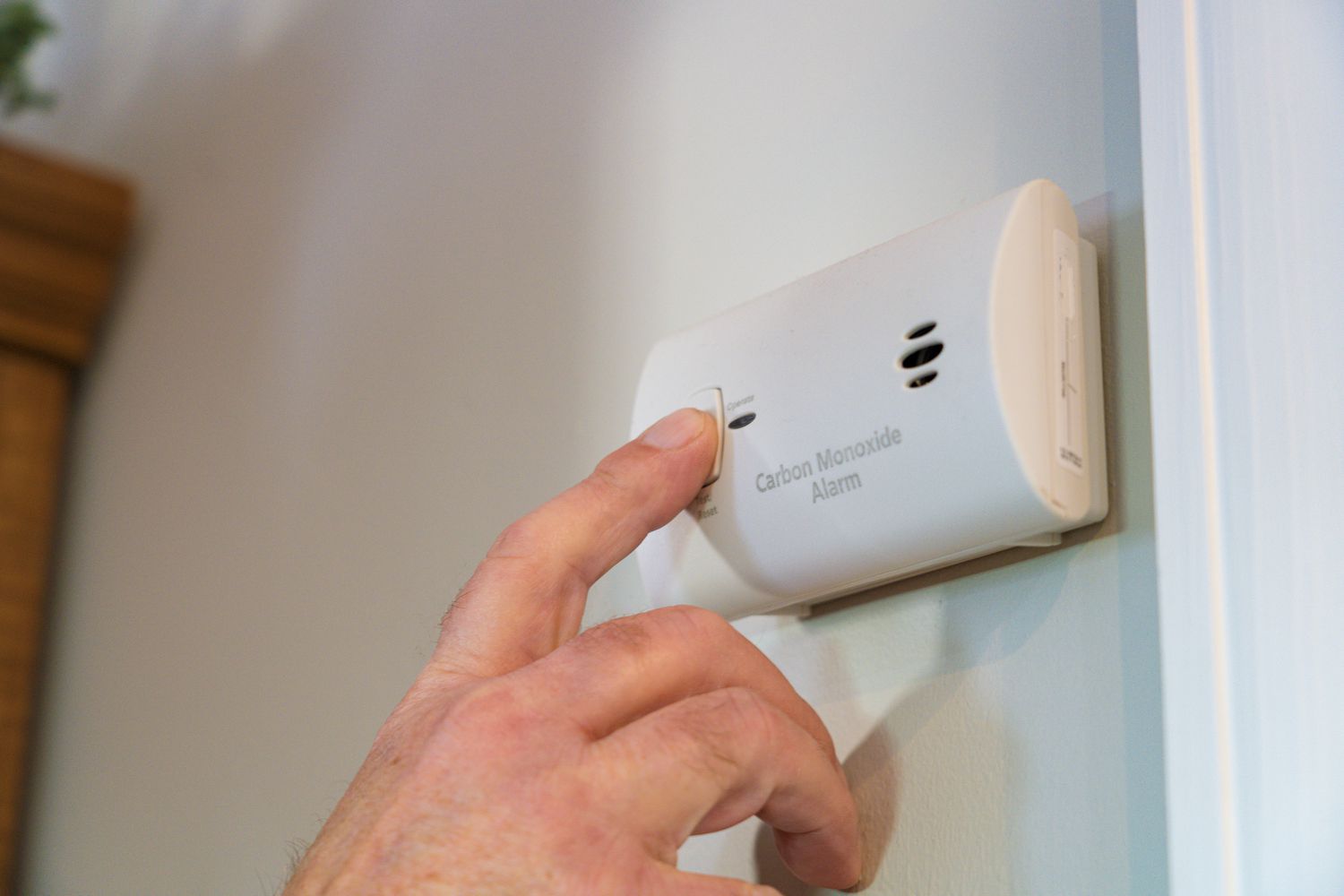

Articles
How To Test A Carbon Monoxide Detector
Modified: August 22, 2024
Learn how to effectively test a carbon monoxide detector with our informative articles. Ensure the safety of your home with these essential tips.
(Many of the links in this article redirect to a specific reviewed product. Your purchase of these products through affiliate links helps to generate commission for Storables.com, at no extra cost. Learn more)
Introduction
Welcome to our comprehensive guide on how to test a carbon monoxide detector. Carbon monoxide (CO) is an odorless and colorless gas that can be extremely harmful or even fatal if not detected promptly. This dangerous gas can be produced by various household appliances such as gas stoves, furnaces, water heaters, and fireplaces when they are not functioning properly or not adequately ventilated.
Due to the silent nature of carbon monoxide, it is crucial to have a functioning carbon monoxide detector installed in your home. These detectors are designed to detect the presence of CO and alert you when levels become hazardous, allowing you and your loved ones to take immediate action.
In this article, we will guide you through the process of testing your carbon monoxide detector to ensure its effectiveness and reliability. We will also discuss the various types of carbon monoxide detectors available, testing frequency, interpreting test results, troubleshooting, and maintenance tips.
Testing your carbon monoxide detector regularly is essential to ensure that it remains in proper working condition and can effectively protect you and your family from the dangers of carbon monoxide poisoning. Let’s dive in!
Key Takeaways:
- Regularly test your carbon monoxide detector to ensure it’s functioning properly and protecting your family from the silent threat of carbon monoxide poisoning.
- Choose the right type of carbon monoxide detector for your home, whether it’s a plug-in or hardwired option, and follow the manufacturer’s instructions for testing and maintenance.
Read more: How To Test A Kidde Carbon Monoxide Detector
Understanding Carbon Monoxide
Before we delve into the testing process for carbon monoxide detectors, it’s important to have a basic understanding of carbon monoxide itself. Carbon monoxide is a toxic gas that is produced through the incomplete combustion of carbon-based fuels such as gas, oil, coal, and wood. When these fuels do not burn completely, they release carbon monoxide into the air.
Unlike other gases, carbon monoxide is odorless, colorless, and tasteless, making it extremely difficult to detect without the use of specialized equipment. This is why carbon monoxide poisoning can often go unnoticed until symptoms start to appear, and in some cases, it can be too late.
When carbon monoxide is inhaled, it enters the bloodstream and binds to hemoglobin in red blood cells, reducing the oxygen-carrying capacity of the blood. This deprives vital organs and tissues of oxygen, leading to serious health issues or even death.
Common symptoms of carbon monoxide poisoning include headaches, dizziness, nausea, confusion, shortness of breath, and in severe cases, unconsciousness or death. It is important to note that these symptoms can be mistaken for other illnesses, which is why having a functioning carbon monoxide detector is crucial in detecting the presence of this deadly gas.
It is also important to mention that carbon monoxide can seep into your home from external sources. For example, if your home is attached to a garage or if you use heating systems that share a flue with your neighbor, carbon monoxide from these areas can find its way into your living space if not properly vented or contained.
Now that you have a better understanding of what carbon monoxide is and how it can pose a danger to your health, let’s explore the importance of having a carbon monoxide detector in your home.
Importance of Carbon Monoxide Detectors
Carbon monoxide detectors are essential safety devices that can save lives by detecting the presence of this toxic gas in your home. Here are some key reasons why having a carbon monoxide detector installed is of utmost importance:
- Early Detection: Carbon monoxide is a silent killer. It cannot be detected by our senses, which makes it incredibly dangerous. A carbon monoxide detector serves as an early warning system, alerting you to the presence of this deadly gas before you start experiencing symptoms.
- Protection for You and Your Family: Carbon monoxide poisoning can affect anyone, regardless of age or health. Having a detector in your home ensures the safety of your loved ones, providing you with peace of mind.
- Compliance with Safety Regulations: Many jurisdictions require the installation of carbon monoxide detectors in residential properties. Compliance with these regulations not only protects your family but also ensures legal compliance and avoids potential fines or penalties.
- Early Warning for Malfunctioning Appliances: A carbon monoxide detector can indicate if any of your household appliances, such as furnaces, stoves, or water heaters, are malfunctioning and producing dangerous levels of carbon monoxide. This early warning gives you the opportunity to fix the issue and prevent further harm.
- Peace of Mind: Knowing that you have a reliable carbon monoxide detector in your home provides a sense of security and peace of mind for you and your family. You can rest easy knowing that you have taken a crucial step in safeguarding your home from this silent threat.
It is important to note that carbon monoxide detectors are not a substitute for proper maintenance and regular inspections of your appliances. However, they serve as an additional layer of protection against the dangers of carbon monoxide.
Now that we understand the importance of carbon monoxide detectors, let’s explore the different types of detectors available in the market.
Types of Carbon Monoxide Detectors
When it comes to carbon monoxide detectors, there are primarily two types: plug-in detectors and hardwired detectors. Let’s take a closer look at each type:
1. Plug-in Detectors:
Plug-in carbon monoxide detectors are the most common and easily accessible type. These detectors can be plugged directly into an electrical outlet and often come with a battery backup in case of a power outage. They are portable and can be moved from room to room, making them convenient for renters or those who prefer flexibility in their placement.
Some plug-in detectors also have additional features like digital displays, peak level memory, and the ability to detect other poisonous gases. They typically emit a loud alarm or sound a voice alert when dangerous levels of carbon monoxide are detected.
Read more: How To Remove A Carbon Monoxide Detector
2. Hardwired Detectors:
Hardwired carbon monoxide detectors are directly connected to the electrical system of your home. They are usually installed by a professional electrician and are wired into the electrical circuit alongside smoke detectors or fire alarms in your home. Hardwired detectors often have a battery backup as well, ensuring round-the-clock protection even during power outages.
Hardwired detectors are typically more expensive than plug-in detectors, and their installation may require professional assistance. However, they offer a more permanent solution and are often interconnected, meaning that if one detector detects carbon monoxide, all interconnected detectors will sound an alarm.
Choosing the Right Detector:
When selecting a carbon monoxide detector, consider factors such as your living situation, budget, and personal preferences. Ensure that the detector you choose meets safety standards and certifications, such as UL (Underwriters Laboratories) or CSA (Canadian Standards Association).
Additionally, it’s worth considering detectors with features like digital displays for easy visibility of carbon monoxide levels, end-of-life warnings to indicate when the detector should be replaced, and long-lasting battery life for minimal maintenance.
Now that we have a good understanding of the types of carbon monoxide detectors available, let’s discuss the recommended frequency for testing these devices.
Testing Frequency
Regular testing of your carbon monoxide detectors is essential to ensure that they are in working condition and capable of detecting dangerous levels of carbon monoxide. While the frequency of testing may vary depending on the manufacturer’s recommendations and local regulations, there are general guidelines you can follow.
Here are some guidelines for testing carbon monoxide detectors:
1. Manufacturer’s Recommendations:
It is important to refer to the manufacturer’s instructions and recommendations for testing frequency specific to your carbon monoxide detector. Most manufacturers recommend testing their detectors at least once a month to ensure proper functioning.
Read more: How To Replace A Carbon Monoxide Detector
2. Local Regulations:
In some areas, there may be specific regulations that outline the required testing frequency for carbon monoxide detectors in residential properties. Be sure to familiarize yourself with these regulations and adhere to them to ensure compliance and maximize safety.
3. Change of Season:
A good rule of thumb is to test your carbon monoxide detectors every time you change your clocks for daylight saving time. This ensures that your detectors are working properly and provides a convenient reminder to perform the test.
4. Regular Maintenance Routines:
Consider incorporating the testing of your carbon monoxide detectors into your regular maintenance routines for your home. This can include monthly or quarterly checks of various safety devices to ensure everything is in working order.
5. Occasional Intensive Testing:
Periodically, perform more intensive testing on your carbon monoxide detectors to ensure their accuracy. This can involve using a can of simulated carbon monoxide gas specifically designed for testing purposes, available from some manufacturers.
Remember, these are general guidelines, and you should always refer to the instructions provided by your detector’s manufacturer. Regular testing ensures that your carbon monoxide detector is ready to detect any dangerous levels of carbon monoxide and keep you and your family safe.
Now that we know how often to test carbon monoxide detectors, let’s explore the steps to prepare for the testing process.
Read more: What Is The Best Carbon Monoxide Detector
Preparing for the Test
Before you start testing your carbon monoxide detector, it is important to take a few preparatory steps to ensure accurate results. Here’s how to prepare for the test:
1. Read the Manufacturer’s Instructions:
Take the time to thoroughly read and understand the instructions provided by the manufacturer of your carbon monoxide detector. Familiarize yourself with any specific testing procedures or requirements mentioned in the manual.
2. Gather the Necessary Tools:
Make sure you have all the tools and equipment needed for the testing process. This may include a ladder or step stool if your detector is mounted in a high or hard-to-reach location, a can of simulated carbon monoxide gas (if applicable), and fresh batteries if your detector requires them.
3. Clear the Surrounding Area:
Ensure that the area around your carbon monoxide detector is clear of any obstructions or objects that may interfere with the testing process. Clear away any dust, debris, or other substances that could affect the detector’s functioning.
Read more: How To Reset An ADT Carbon Monoxide Detector
4. Check the Battery (If Applicable):
If your carbon monoxide detector uses batteries, check that the batteries are properly installed and have enough charge. Replace old or depleted batteries with fresh ones to ensure reliable operation.
5. Alert Household Members:
Inform everyone in your household that you will be testing the carbon monoxide detector. The loud alarm sound during testing could startle or cause discomfort, especially for young children or pets. Alerting them in advance can help minimize any potential disturbances.
6. Notify Security Companies (If Necessary):
For those who have a professionally monitored security system connected to their carbon monoxide detector, it is important to notify the monitoring company in advance. This will prevent any false alarms or unnecessary response from emergency services during the testing process.
By following these preparation steps, you can ensure a smooth and accurate testing process for your carbon monoxide detector. Once you are ready, you can proceed with the actual testing methods, which we will discuss in the next section.
But before that, please remember to always prioritize safety and follow the instructions provided by the manufacturer throughout the testing process.
Testing Methods for Carbon Monoxide Detectors
Testing your carbon monoxide detector is a crucial step in ensuring its functionality and effectiveness. There are different testing methods you can use, depending on the type of detector you have. Here are four common methods for testing carbon monoxide detectors:
Read more: How To Turn Off A Carbon Monoxide Detector
1. Test Button:
Most carbon monoxide detectors come equipped with a test button. This button allows you to simulate the presence of carbon monoxide and trigger the alarm system to ensure it is working properly. Simply locate the test button on your detector, press and hold it for a few seconds, and you should hear the alarm sound. If the alarm does not sound or is weak, it may indicate a problem with your detector.
2. Test with Simulated Carbon Monoxide:
Some manufacturers provide a can of simulated carbon monoxide gas designed for testing purposes. This gas mimics the presence of carbon monoxide and allows you to test the response of your detector accurately. Follow the instructions provided by the manufacturer to safely release the gas near the detector. If the alarm sounds promptly and loudly, your detector is functioning correctly.
3. Smoke Testing Method:
In some cases, you can conduct a smoke test to indirectly test the carbon monoxide sensor in your detector. Carbon monoxide detectors often contain a smoke sensor as well. Use a matchstick or a piece of smoke-emitting material, such as an incense stick, and allow the smoke to reach the detector. If the alarm sounds, it signifies that the smoke sensor is functioning, indicating the overall effectiveness of the detector.
4. Professional Inspection:
If you are unsure about the testing methods or want to ensure the accuracy of your detector, consider contacting a professional technician to perform an inspection. They have the expertise and specialized equipment to test carbon monoxide detectors accurately and identify any issues or malfunctions.
Remember to consult the manufacturer’s instructions before testing your carbon monoxide detector. Follow the recommended testing methods specific to your detector to ensure accurate and reliable results. Additionally, record the date of testing for future reference and keep a log of your detector’s testing history.
Now that you know how to test your carbon monoxide detector, let’s discuss how to interpret the test results and what actions to take if any issues arise.
Read more: How To Get A Free Carbon Monoxide Detector
Interpreting Test Results
Interpreting the test results of your carbon monoxide detector is crucial to determining its functionality and ensuring your safety. Here’s what you need to know when interpreting the test results:
1. Alarm Activation:
If the alarm on your carbon monoxide detector activates during the testing process, it indicates that the detector is working properly. The loud alarm is designed to alert you to the presence of dangerous levels of carbon monoxide in your home, giving you the opportunity to take action and protect yourself and your family.
2. No Alarm Activation:
If your carbon monoxide detector does not emit an alarm sound during the test, there could be a problem with the detector or its components. Here are some possible reasons for no alarm activation:
- Expired Batteries: Check the batteries in your detector and ensure that they are not expired or depleted. Replace them with fresh batteries and conduct the test again.
- Malfunctioning Sensor: The carbon monoxide sensor in your detector may be defective or malfunctioning. In this case, it is recommended to contact the manufacturer for guidance or consider replacing the detector.
- Incorrect Testing Method: Ensure that you are following the correct testing method recommended by the manufacturer. Different detectors may require different procedures for testing.
If your carbon monoxide detector fails the test or does not activate the alarm when expected, it is essential to address the issue promptly. A malfunctioning carbon monoxide detector compromises your safety and exposes you to potential carbon monoxide poisoning risks.
Follow Manufacturer’s Instructions:
Always refer to the manufacturer’s instructions for specific guidance on interpreting test results. The instructions may provide additional troubleshooting steps or warranty information if your detector is found to be faulty.
Remember, it is crucial to address any issues with your carbon monoxide detector as soon as possible. Regular testing and proper maintenance will ensure that your detector is in optimal working condition and can effectively protect you and your family from the dangers of carbon monoxide poisoning.
In the next section, we will provide some troubleshooting and maintenance tips to help you keep your carbon monoxide detectors functioning effectively.
Troubleshooting and Maintenance Tips
Maintaining your carbon monoxide detectors is essential to ensure their long-term functionality and reliability. Here are some troubleshooting and maintenance tips to help you keep your detectors in optimal working condition:
1. Regular Cleaning:
Periodically clean your carbon monoxide detectors to remove any dust, dirt, or debris that may accumulate on the sensors or vents. Use a soft cloth or a vacuum cleaner with a brush attachment to gently clean the exterior surfaces. Avoid using harsh chemicals or abrasive materials that could damage the detectors.
2. Battery Replacement:
For detectors that use batteries, it is important to replace the batteries regularly as per the manufacturer’s recommendations or when the low battery warning sounds. Consider changing the batteries during the bi-annual daylight saving time adjustments to establish a routine.
3. Sensor Calibration:
Some carbon monoxide detectors require periodic sensor calibration to ensure accurate readings. Refer to the manufacturer’s instructions for guidance on the calibration process, if applicable, and follow the recommended schedule.
4. Check for Faulty Wiring:
If your carbon monoxide detectors are hardwired, inspect the wiring to ensure there are no loose connections or damaged wires. Faulty wiring can compromise the functionality of the detectors, so address any issues immediately or seek assistance from a professional electrician.
5. Test Regularly:
Continue testing your carbon monoxide detectors according to the recommended frequency, usually monthly. Regular testing ensures that the detectors are functioning properly and can promptly alert you to the presence of carbon monoxide.
6. Stay Alert to Alarm Sounds:
Pay attention to the alarm sounds produced by your carbon monoxide detectors. If the alarm sounds different or weak, it may be a sign of a problem. Refer to the manufacturer’s instructions or contact technical support for further assistance.
7. Replace Expired Detectors:
Carbon monoxide detectors have a limited lifespan. Check the expiration date provided by the manufacturer and replace detectors as needed, typically every 5 to 7 years. Expired detectors may not function properly and may not provide accurate readings.
By following these troubleshooting and maintenance tips, you can ensure that your carbon monoxide detectors are in optimal working condition and ready to protect you and your family from the dangers of carbon monoxide poisoning.
Now that we’ve covered troubleshooting and maintenance, let’s summarize the key points before concluding our comprehensive guide.
Read more: How Does Carbon Monoxide Detector Work
Conclusion
In conclusion, testing and maintaining your carbon monoxide detectors is crucial to ensuring the safety of you and your loved ones. Carbon monoxide is a silent and deadly gas that can be produced by malfunctioning or improperly ventilated household appliances. By having a functioning carbon monoxide detector installed in your home, you can be alerted to the presence of this gas and take immediate action to protect yourself.
We have explored several important aspects of carbon monoxide detectors in this comprehensive guide. Understanding carbon monoxide and its dangers provided the necessary background knowledge for the importance and need for detectors. The different types of detectors, including plug-in and hardwired options, allow you to choose the right one that suits your specific needs and preferences.
We discussed the frequency of testing, emphasizing the significance of regular testing to ensure the ongoing effectiveness of your detectors. By following the recommended testing methods, such as using the test button or simulated carbon monoxide gas, you can confirm that your detectors are functioning properly.
Interpreting the test results is a critical step in determining the reliability of your detectors. If the alarm activates during testing, it indicates that your detector is working correctly. However, if the alarm does not sound, troubleshooting steps and professional assistance may be required to address any issues.
We also highlighted the importance of regular maintenance, including cleaning, battery replacement, and sensor calibration, to keep your detectors in optimal condition. Staying alert to the alarm sounds and replacing expired detectors are additional steps to ensure ongoing safety in your home.
By following the guidelines and tips outlined in this guide, you can maintain properly functioning carbon monoxide detectors that provide you with the peace of mind and protection you need.
Remember to always consult the manufacturer’s instructions for specific guidance on testing and maintenance procedures for your specific carbon monoxide detector. Prioritize safety, and if you have any concerns about the functionality of your detectors, contact the manufacturer or seek assistance from professionals in the field.
Stay vigilant, test your carbon monoxide detectors regularly, and keep your home safe from the silent threat of carbon monoxide.
Frequently Asked Questions about How To Test A Carbon Monoxide Detector
Was this page helpful?
At Storables.com, we guarantee accurate and reliable information. Our content, validated by Expert Board Contributors, is crafted following stringent Editorial Policies. We're committed to providing you with well-researched, expert-backed insights for all your informational needs.
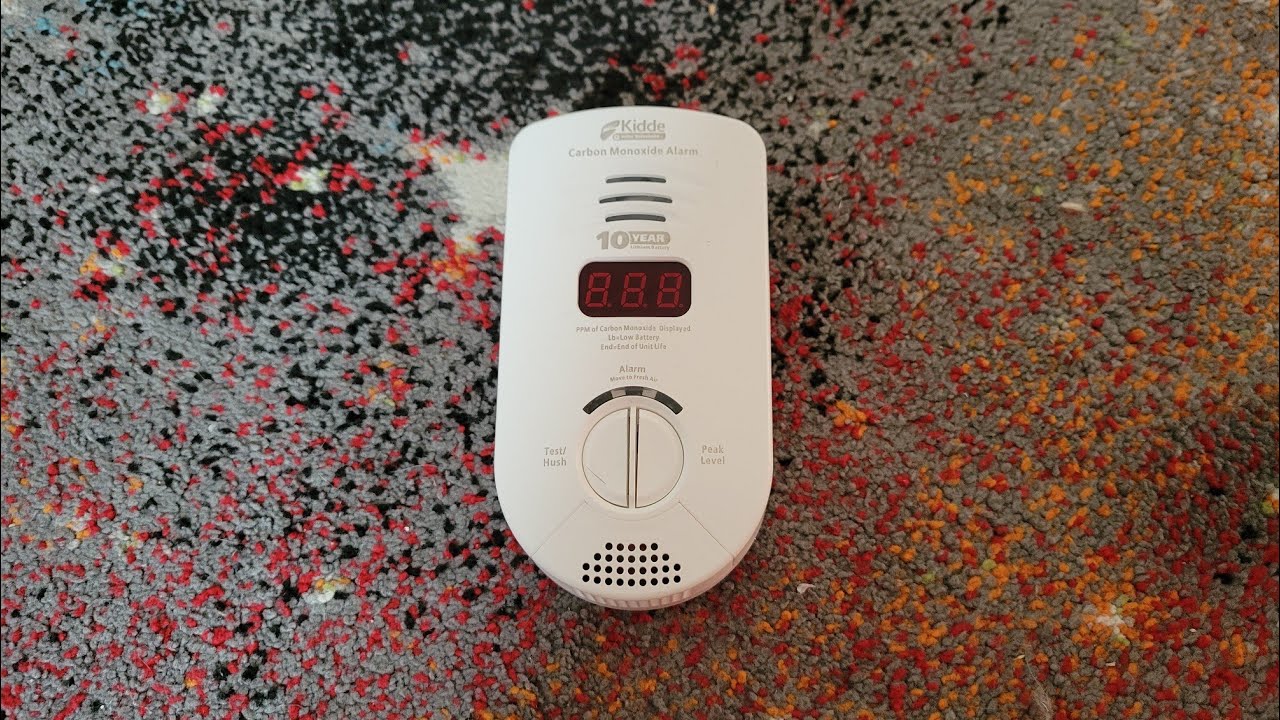
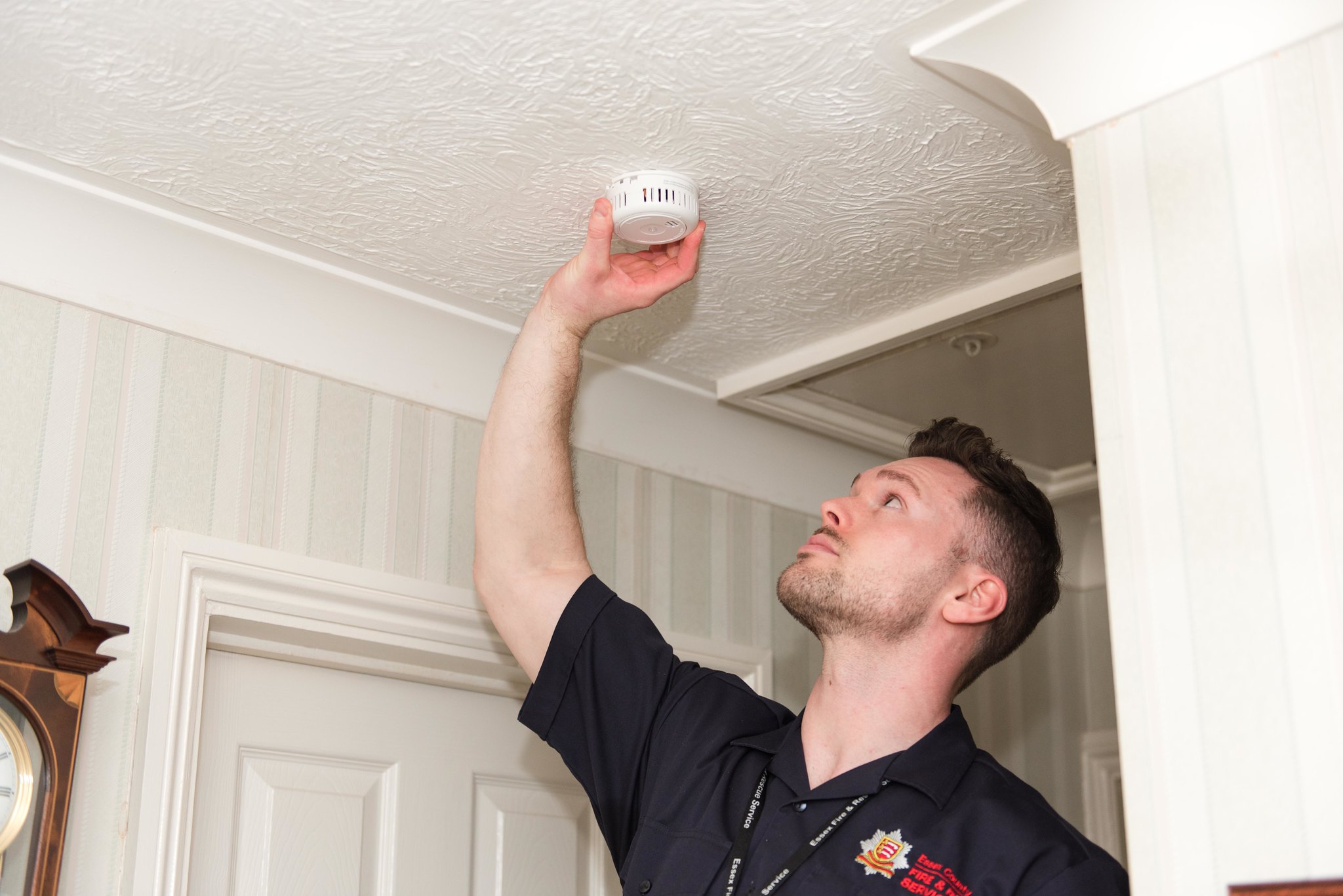
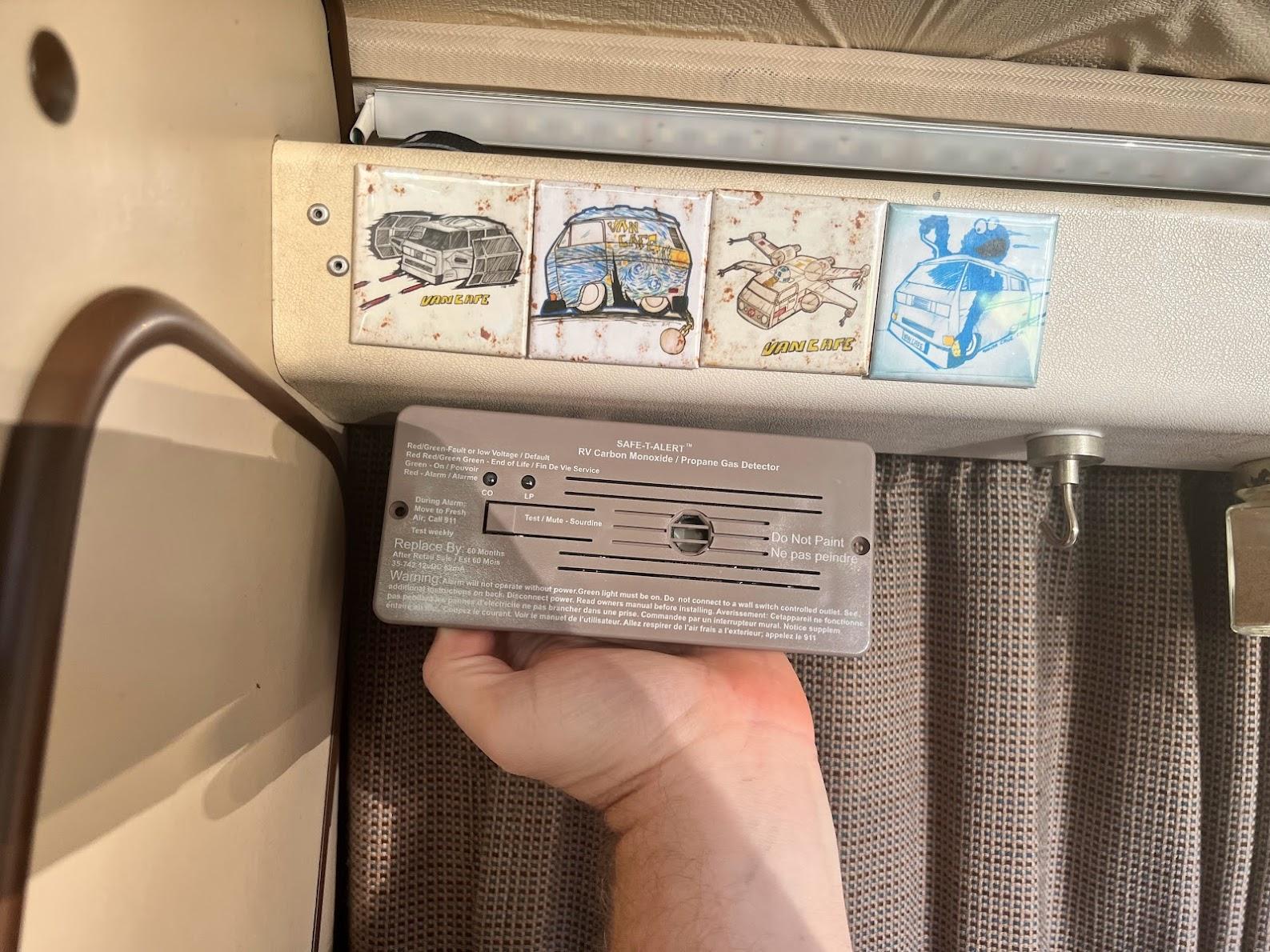
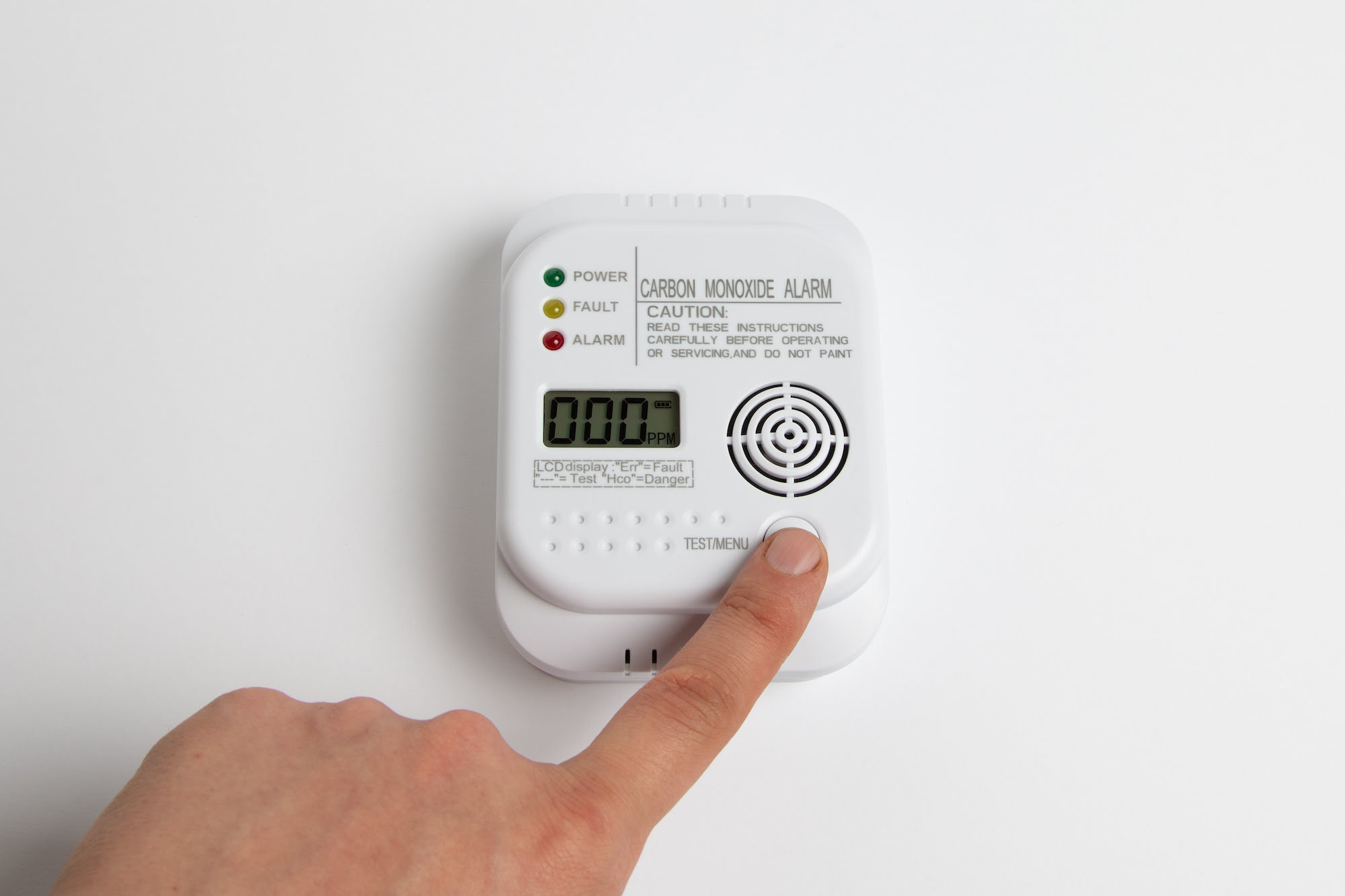
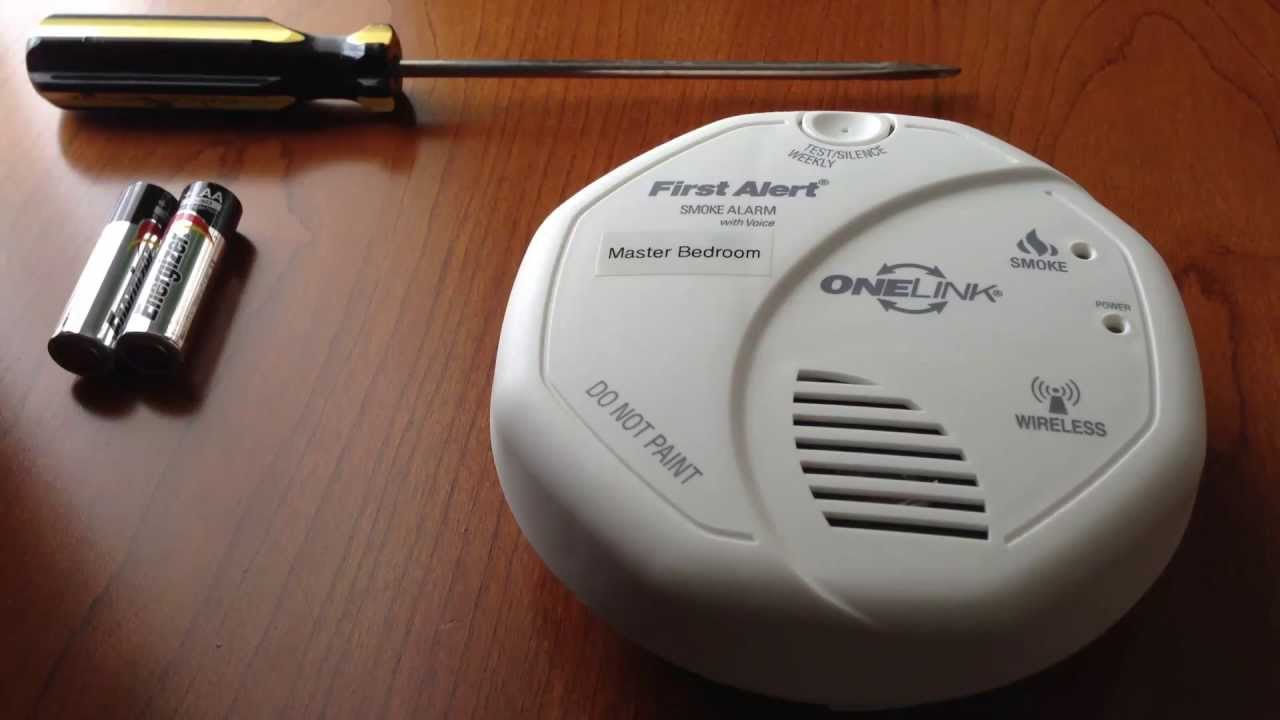
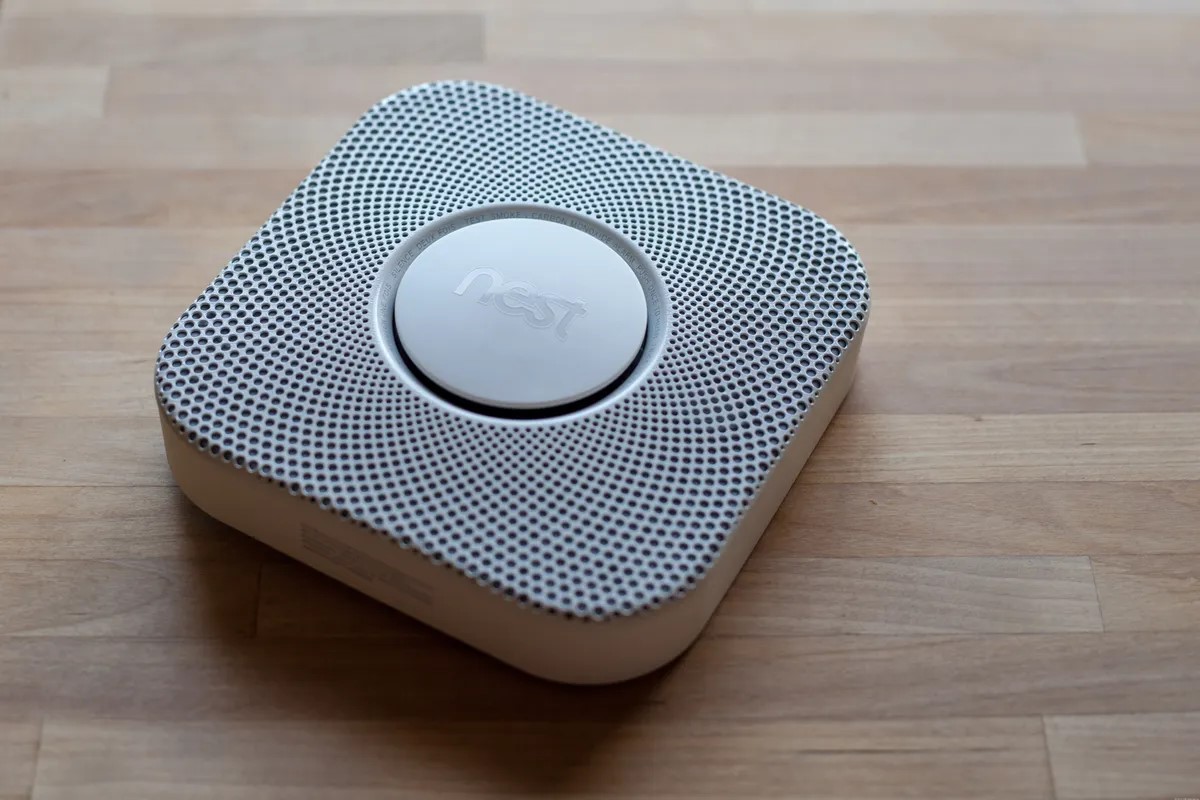

0 thoughts on “How To Test A Carbon Monoxide Detector”